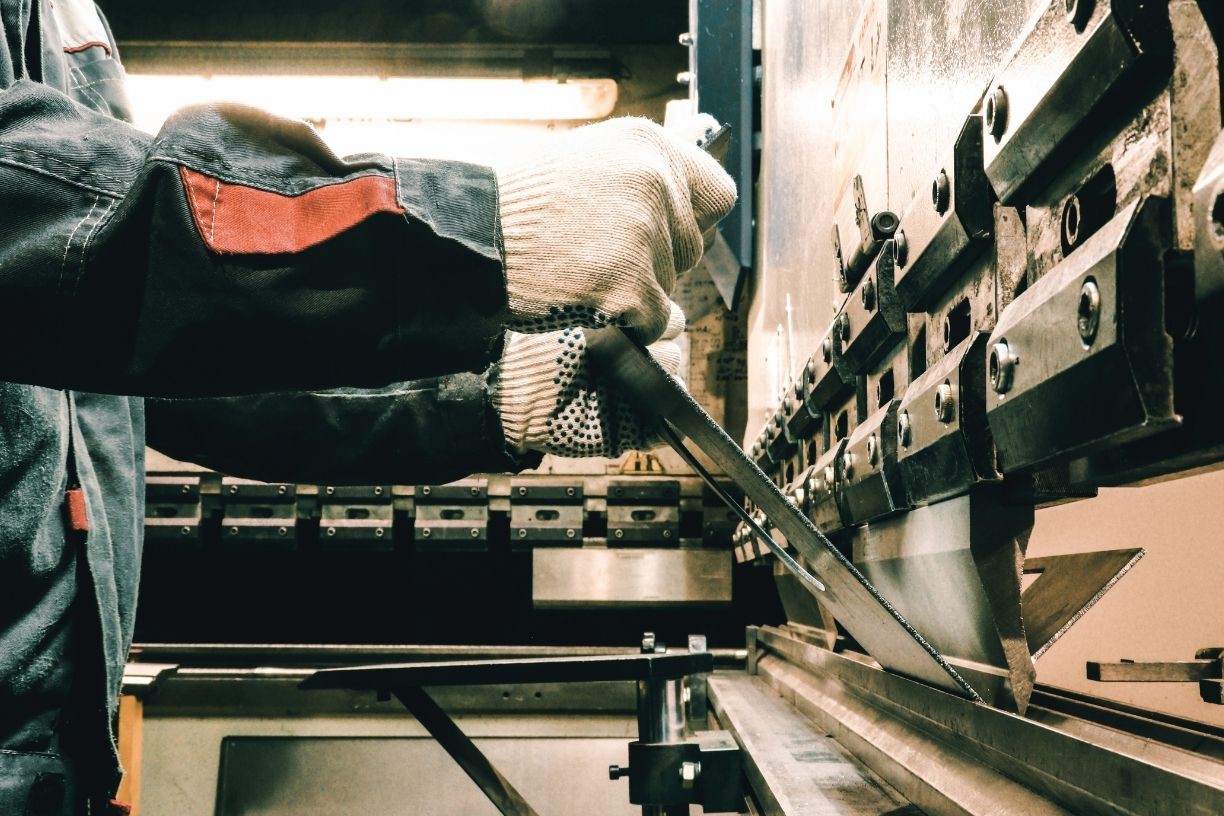The methods used in the metal fabrication process can be complex, dangerous, and time-consuming, but that doesn’t make them any less essential. You need to make sure you are using the appropriate processes for the correct media to get accurate results; substituting certain procedures can result in faulty end-products or unsafe designs. Know what the most common techniques are in metal fabrication and utilize them to their full potential.
Folding
The most common goal of the folding processes is to form metal at 90-degree angles, but other angles are also used for more specialized purposes. The folding process can seem simple, but the process is far more complex than you may initially think. Certain metals can be highly susceptible to breakages and fractures when folded, causing the structure to become compromised. Be aware of the strength of the metal you are working with and understand how brittle it is to the folding method.
Welding
Most commonly achieved through the application of intense heat, welding joins two metal edges to form a whole piece. Welding is among the most popular ways to connect pieces of metal; it creates a strong bond between the two pieces that are difficult to break.
Careful of Dissimilar Welding
When welding, you may be enlisted into a project that requires you to weld two different pieces of metal together. In this situation, you must consider the different characteristics of the two metals you fuse, such as their melting point, electrochemical differences, and differences in thermal expansion.
Shearing
Shearing is most ideal when you need long, straight cuts of metal. Metal pieces can be fed through a receiver or sheared through the use of a hand-held device. Typically, you use shearing to shave off specific lengths from a piece to make it a more appropriate size when implemented into a larger project.
Deburring
Usually the final step in the metalworking process, deburring involves shaving off jagged edges to make the metal piece safer to handle. The deburring process is critically important and has a number of benefits, and while it can be an optional step, it is a step you should not neglect.
Know What You’re Working With
Every metal and its alloys have different characteristics, and you must consider them before you begin any work. This means knowing what processes to use and which ones to avoid. Not knowing how metals react to certain methods can result in compromised materials and dangerous products.










![Read more about the article [Funding Alert] Edtech startup ClassMonitor raises Rs 3.5 Cr in Series A round led by PATH India, Gulf investors](https://blog.digitalsevaa.com/wp-content/uploads/2021/05/Imagees51-1621393840628-300x150.jpg)